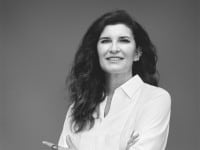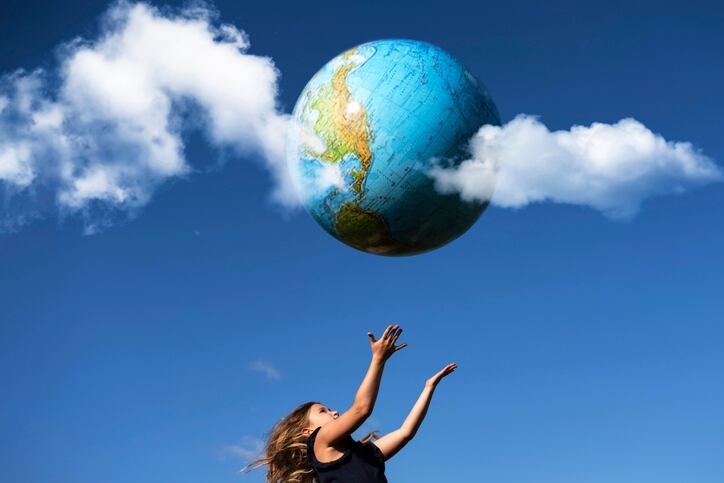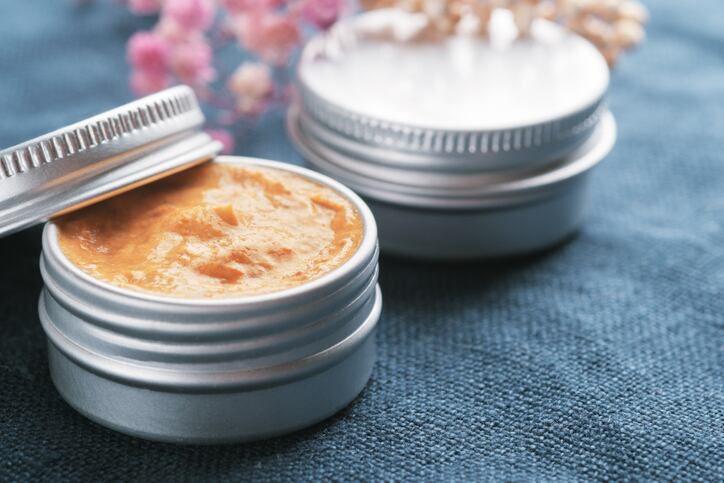The announcement from the beauty brand major formed part of the wider L’Oréal Group’s ‘For the Future’ 2030 sustainability plan and aligned on many of the wider goals outlined in this roadmap.
Speaking at a press conference last week, Delphine Viguier-Hovasse, global brand president of L’Oréal Paris, said: “We have the power to make changes; we have the scale and we have the will.”
And for the beauty industry today, there was now an urgency to create real change, Viguier-Hovasse said. “Scientists say we have nine and a half years to reduce, by half, our CO2 emissions. So, we are in the decade to make the change,” she said.
Carbon neutral factories and supply chain engagement

And this work started with L’Oréal, she said – across its factories, operations and entire supply chain – but finished with the consumer. Under the ‘L’Oréal For the Future, Because our Planet is Worth it’ sustainability plan, the company planned to make all 26 of its factories carbon neutral by 2025 – stretching beyond the 11 sites that already were, Viguier-Hovasse said.
Jean-Michel Pille, environment director at L’Oréal, said this was no easy task or pledge to take on: “There is not a unique solution to decrease the CO2 emissions you emit. You have to find renewable resources and reduce the energy you’re consuming.”
And there were many localised ways of doing so, Pille said. In China, for example, L’Oréal Paris had secured an agreement with the local government to use hydropower electricity generated from a dam close to its factory and in Germany, the team had developed an energy recuperation system to reuse all heat generated during production.
L’Oréal Paris would also engage its entire supply chain of suppliers and transporters to work on decreasing their total CO2 emissions, he said, right through to the company’s end consumers.
“We are in the decade to act when it comes to climate change. And considering the way things are changing, the global warming, we have to hurry up.”
Consumer CO2 reduction on a mass beauty scale
So, how did L’Oréal Paris plan on empowering consumers to reduce CO2 emissions caused at the use-phase of products, particularly rinse-off?
Innovation around waterless products, such as dry shampoo; quick rinse technologies; and more product and supply chain transparency with consumers, said Viguier-Hovasse.
“It’s very important to embark our consumer in the fight against climate change because 50% of the CO2 emissions appear at the consumer’s home. So, for that, it’s very much linked to transparency – you have to explain to your consumer the impact of your product on the planet. …We can’t do anything without the consumer. We have to be transparent and upskill everyone,” she said.
Responding to CosmeticsDesign-Europe’s question on whether it was possible to convert consumer habits and consciousness on such a mass scale, Viguier-Hovasse used the example of L’Oréal Paris’ sustainable packaging push: “The first step we are doing [switching away from virgin plastics] will not be visible for the consumer, so the consumer will not change their habit.”
For change then around reusable and refillable packaging, she said the impetus for consumers would be there because the refill pouches would be sold in large volumes, saving money for L’Oréal Paris’ mass beauty consumers.
Packaging accounts for 9% of L’Oréal Paris CO2 emissions
And optimising packaging was a key part of L’Oréal Paris’ sustainability plan as it worked to shift business towards a circular business model.
Viguier-Hovasse said: “Our ambition is to have 100% of our packaging refillable, reusable or compostable by 2025.”
Importantly, by 2030, the company wanted to rid all virgin plastic and lightweight all its products, economising the total quantity of materials used in the portfolio by 20%.
Viguier-Hovasse said these efforts in packaging also played into the CO2 reduction goal because packaging accounted for 9% of total CO2 emissions at L’Oréal Paris.
“We have to work on everything. The material we are using; when we produce the product; when we transport the packaging, it has to be as light as possible; and finally when you throw it away, it has to be recyclable, reusable or compostable. So, we’re working on every stage of the life of packaging.”
And this work was a continuation of accomplishments already achieved at L’Oréal Paris, she said – the Elvive brand, for example, already used 100% recycled plastic for its 250ml shampoo and conditioner bottles in Europe, China and the US.
Empowering and supporting women worldwide amidst climate crisis
Beyond CO2 reduction and sustainable packaging design, L’Oréal Paris had also pledged €10m in supporting six environmental projects across the globe whose beneficiaries were communities of women. One example, in Hondurus, would see support given to indigenous communities protecting and restoring mangroves.
Viguier-Hovasse said: “Women are very often the number one victim of climate change. …It was very important to link women empowerment with our fight against climate change. I think women are a large part of the solution.”
Mainstreaming Circular Beauty
Interested in learning more about how a major mass brand can drive true circular change? Our recent Circular Beauty webinar featured Adrien Koskas, global brand president of L'Oréal's Garnier brand, who said whilst it was challenging with such vast supply networks, change was possible. You can register here to watch the one-hour webinar on-demand.




